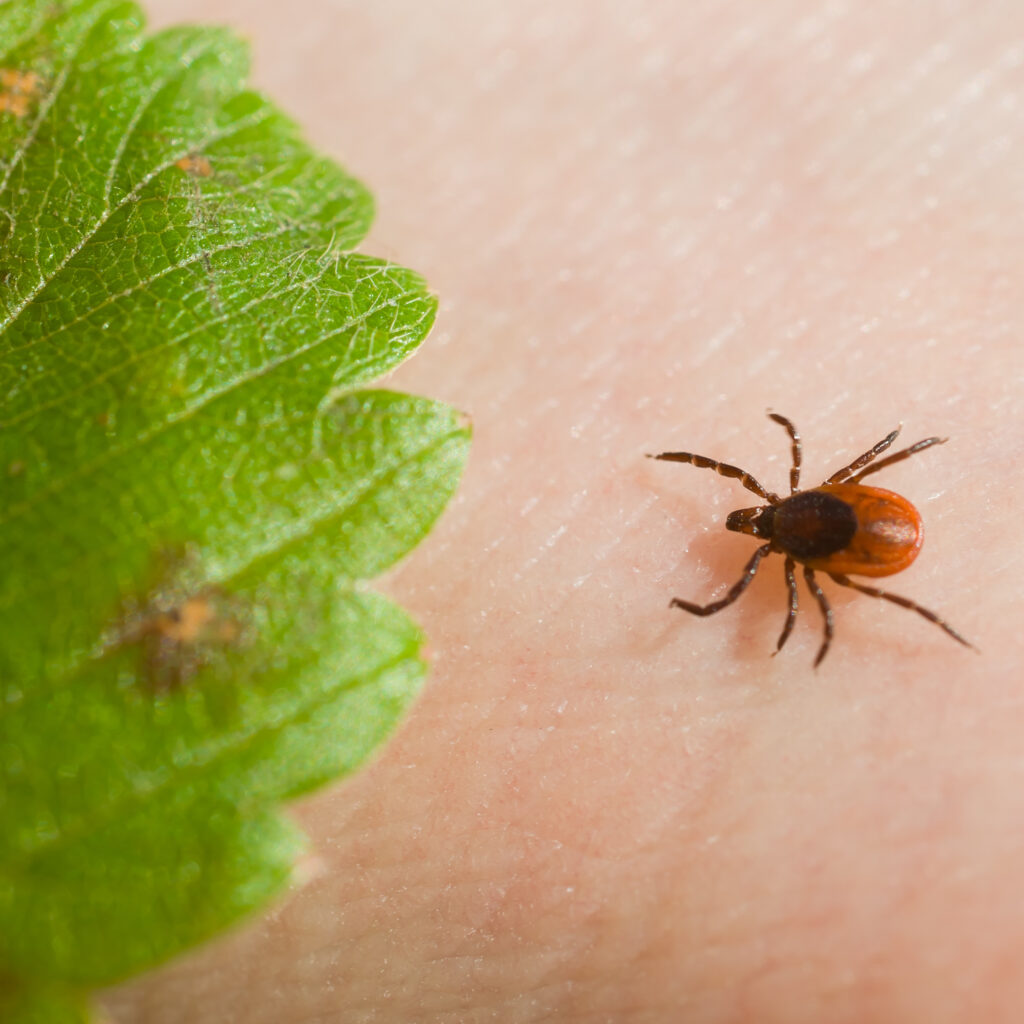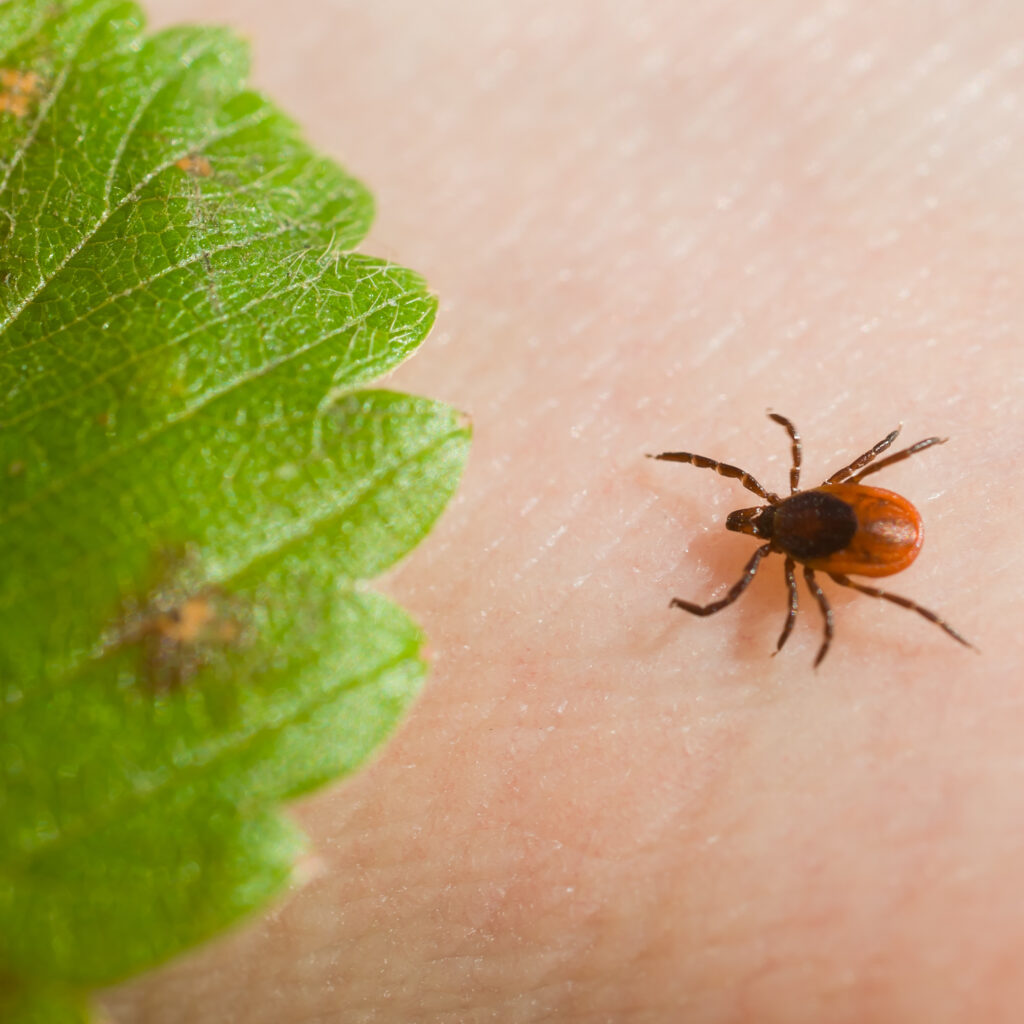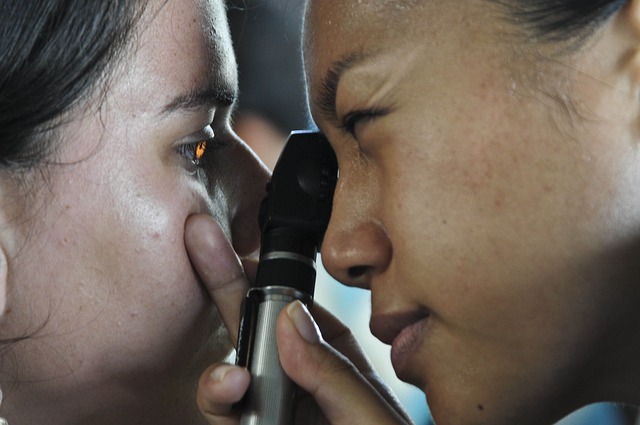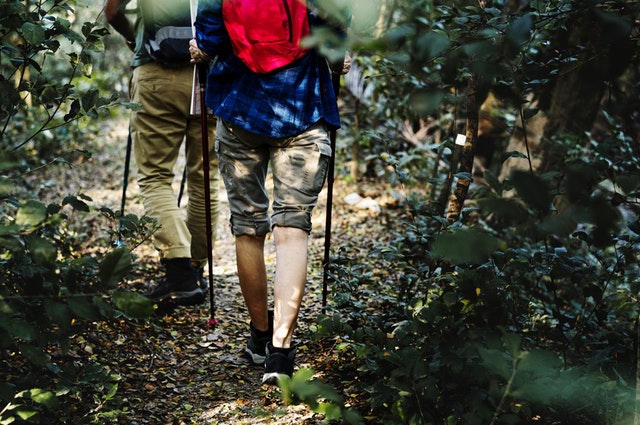7 tick-borne pathogens reported in my home state of Minnesota
The authors of a recent study published in Ticks and Tick-borne Diseases examined the pathogens in 1,240 host-seeking Ixodes scapularis (black-legged) nymphal ticks from Minnesota. They identified seven infectious agents including Borrelia burgdorferi sensu stricto (bacteria causing Lyme disease), Borrelia mayonii, Borrelia miyamotoi, Anaplasma phagocytophilum, Ehrlichia muris eauclairensis, Babesia microti (protozoan) and Powassan (virus). B. […]
7 tick-borne pathogens reported in my home state of Minnesota Read More »










